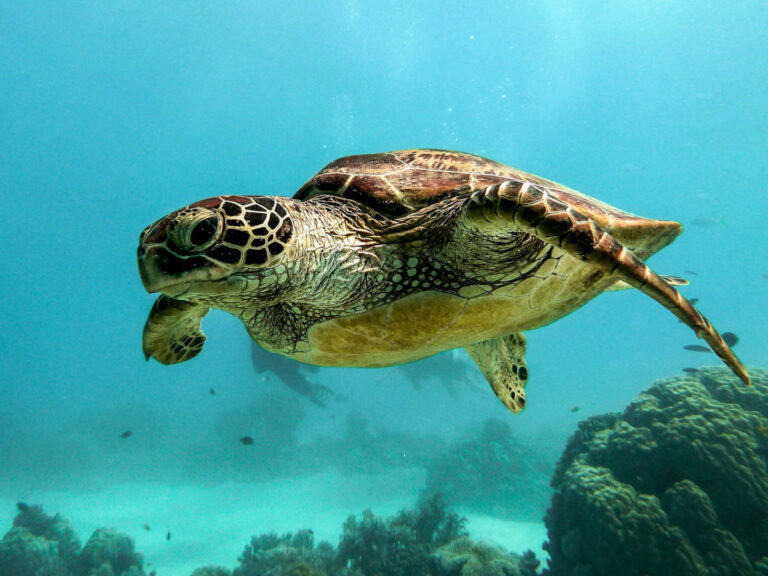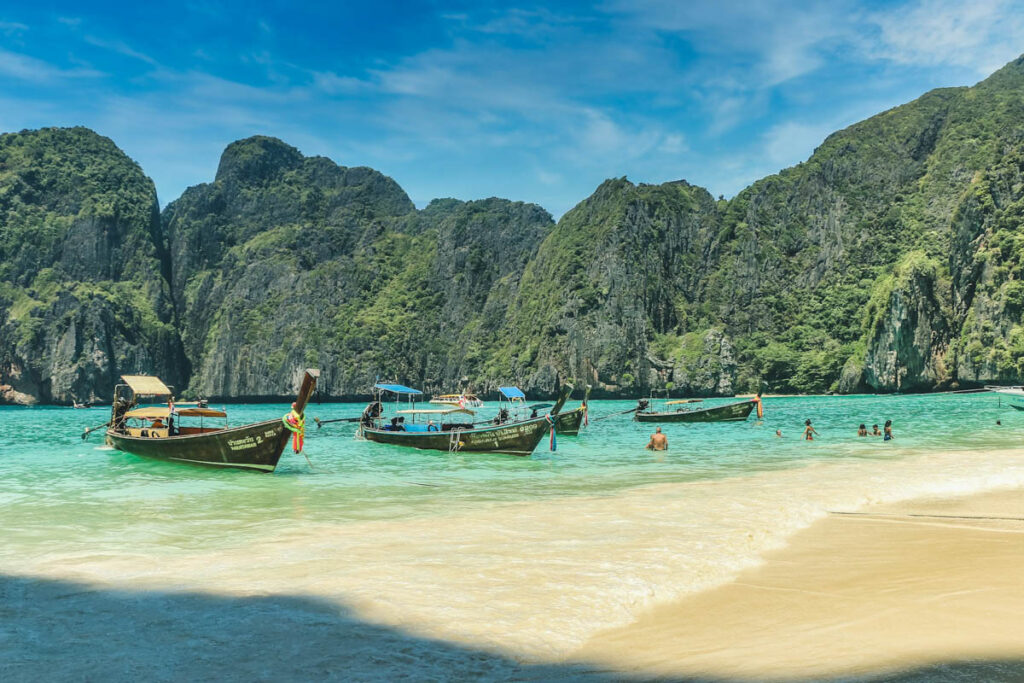As a new scuba diver, you’re probably excited to start exploring but finding the right destination that matches your skill level can be daunting. Thankfully, many fantastic dive spots around the world cater to beginner divers, offering gentle currents, easy dive sites, and incredible marine life. Here are nine beginner-friendly destinations to visit, along with useful tips to help you prepare for your first dive trip.
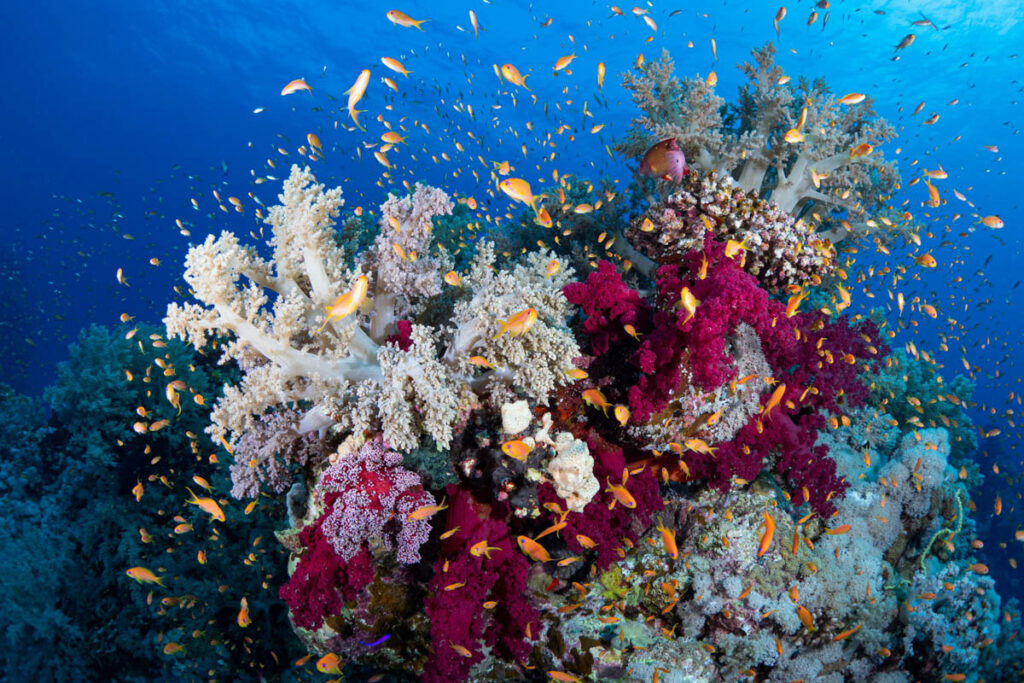
1. Sharm El Sheikh, Egypt.
Diving in Sharm El Sheikh is ideal if you’re a new diver looking to explore in warm waters and try a range of dive styles. Sharm boasts beginner-friendly dive sites, including easy shore dives, world-class wreck and reef dives, night diving, day-boat diving, and short liveaboard safaris perfect for beginners. The Straits of Tiran offer mild drift dives over vibrant coral reefs, and the Ras Mohammed National Park has stunning coral reefs.
Wherever you dive, expect to see countless vibrant reef fish, parrotfish, triggerfish, angelfish, blue-spotted stingrays, and occasional sea turtles. The list of marine life you can encounter here is almost endless. From June to September, you may even encounter larger species like manta rays and sharks.
- Dive Conditions: Average Water Temperature is 23-29°C (73-84°F); visibility is typically 20-30 meters (65-100 feet).
- Best Time to Go: Year-round, but the best conditions are from March to May and September to November.
2. Koh Tao, Thailand.
Koh Tao is widely regarded as one of the best places for beginners to try diving in Thailand, thanks to its calm waters, abundant marine life, and affordable dive courses. Popular dive sites like White Rock and Twins offer shallow depths and easy access, perfect for divers who have just earned their diving license.
As you explore Koh Tao, you’ll be greeted by an array of tropical fish, sea turtles, and occasional sightings of reef sharks. A Perfect Buoyancy course can help you fine-tune your buoyancy skills, which is especially helpful in Thailand’s coral-rich environments.
- Dive Conditions: Average Water Temperature is 28-30°C (82-86°F); visibility is around 10-20 meters (33-65 feet).
- Best Time to Go: March to September offers the best diving conditions, with calm seas and clear visibility.
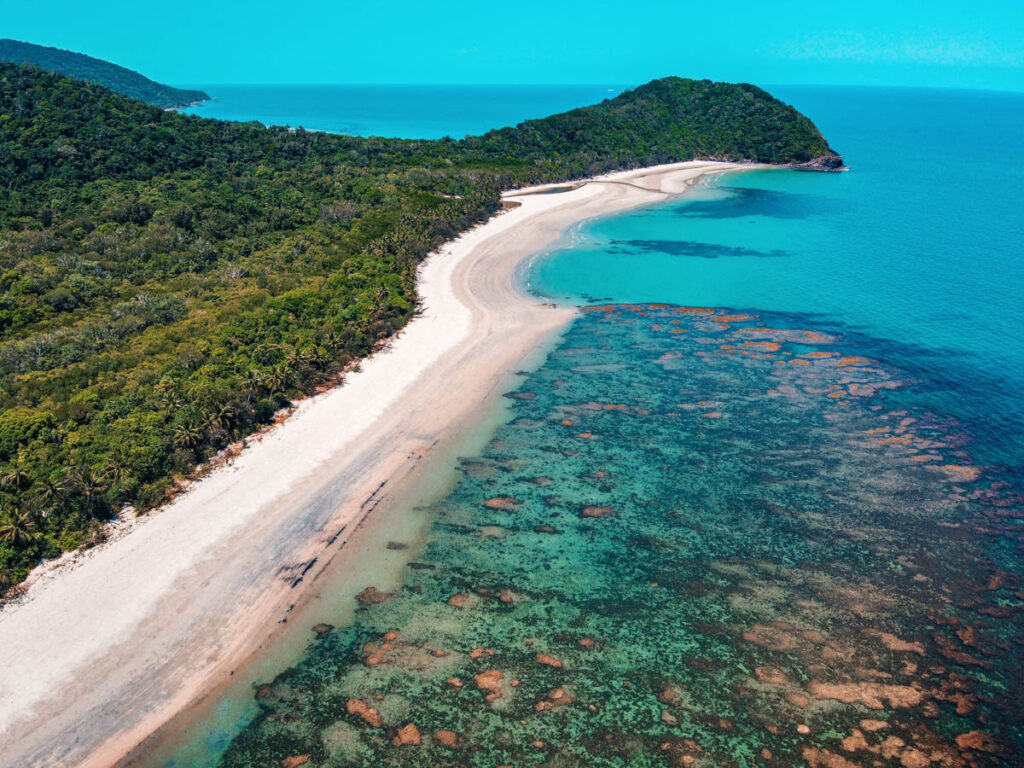
Photo by Manny Moreno on Unsplash
3. Great Barrier Reef, Australia.
The Great Barrier Reef is a UNESCO World Heritage Area and one of the most iconic dive destinations in the world, and it’s beginner-friendly too! Islands like Lady Elliot Island and short liveaboards from Cairns provide easy entry points to this famous dive area.
While some of the reefs have been affected by coral bleaching, the outer reefs are still thriving. Vibrant coral gardens and pinnacles are teeming with marine life, including clownfish, sea turtles, and giant clams. With the chance to swim with manta rays and dwarf minke whales as well, this destination is a must for any new diver.
- Dive Conditions: Average Water Temperature is 24-30°C (75-86°F); visibility is around 15-30 meters (50-100 feet).
- Best Time to Go: The winter season from June to November offers the best visibility and dive conditions. It is also whale season.

Photo by Johnny Africa on Unsplash
4. Bonaire, Caribbean Netherlands.
Bonaire is a top-rated destination for beginner divers, with dozens of shore diving sites that make entry and exit easy. Bonaire’s unique ‘drive and dive’ style allows you to explore the island’s numerous shore dive sites at your own pace; simply hire your dive kit and car and start exploring with your dive buddy or guide.
There are excellent beginner spots, where you can explore calm, shallow waters filled with vibrant corals and a wide variety of marine life. As Bonaire boasts one of the Caribbean’s healthiest coral reefs, you can expect to see angelfish, butterflyfish, seahorses, and occasional eagle rays.
- Dive Conditions: Average Water Temperature is 26-29°C (79-84°F); visibility is up to 30 meters (100 feet).
- Best Time to Go: Year-round, with the calmest conditions typically from April to November.
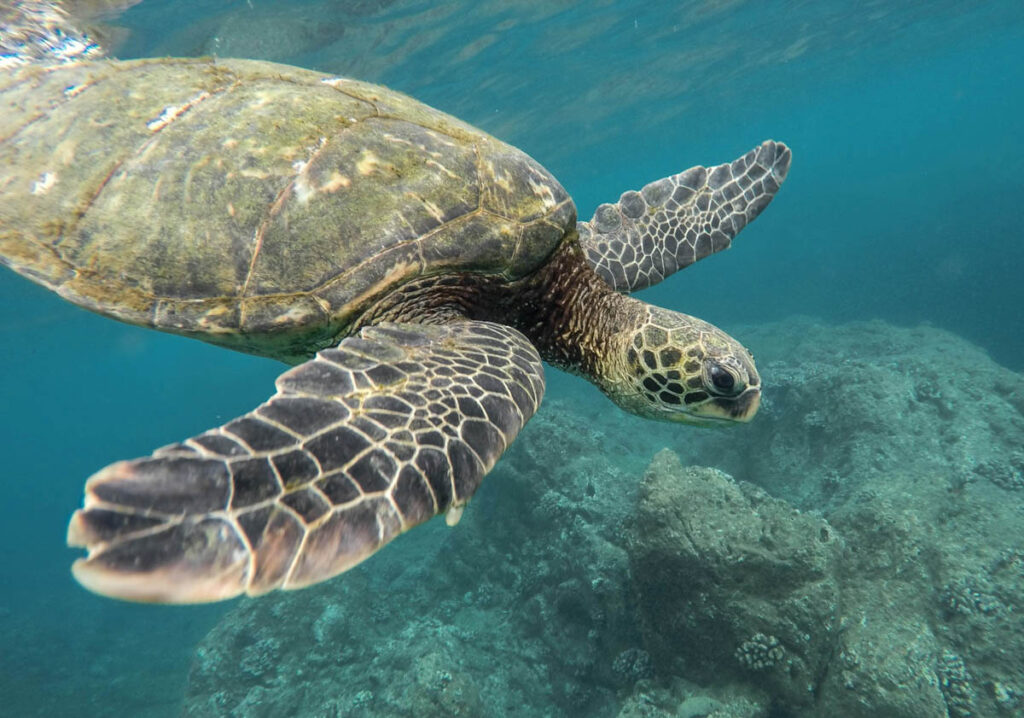
5. Cozumel, Mexico.
Diving in Cozumel is very beginner-friendly, with both shore and boat dives available in easy conditions. Sites like Paradise Reef and Chankanaab Reef feature shallow coral gardens and minimal currents.
The region’s protected marine parks ensure that the reefs are busy with life, including tropical fish, lobsters, and rays. Along with vibrant corals, you’ll see moray eels, turtles, and nurse sharks. In the winter months, eagle rays are commonly spotted.
- Dive Conditions: Average Water Temperature is 25-30°C (77-86°F); visibility is typically 20-30 meters (65-100 feet).
- Best Time to Go: November to March is ideal for encountering eagle rays and bull sharks, while May to September offers uncrowded dive sites.
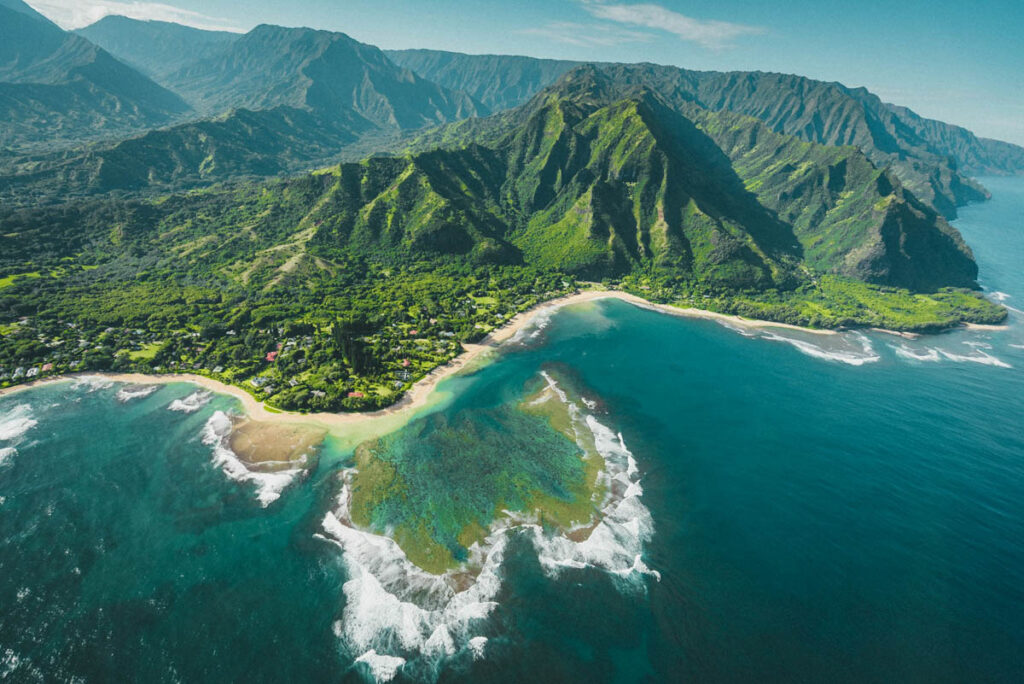
6. Oahu, Hawaii.
Diving in Hawaii is world-class and Oahu is no exception. Oahu offers beginner divers a mix of shore and boat diving with crystal-clear waters and accessible reefs. Dive sites like Shark’s Cove and Turtle Canyon offer shallow depths and gentle conditions. As the name suggests, Turtle Canyon is a popular hangout for Hawaiian green sea turtles.
Being some of the most isolated islands on earth, Hawaii’s marine life is highly unique; up to 62% of Hawaii’s marine species are found nowhere else. There are over 400 species of reef fish to encounter, plus spinner dolphins, manta rays, tiger sharks, and, in the winter, humpback whales.
- Dive Conditions: Average Water Temperature is 24-27°C (75-81°F); visibility is up to 30 meters (100 feet).
- Best Time to Go: April to October offers the calmest conditions for diving.
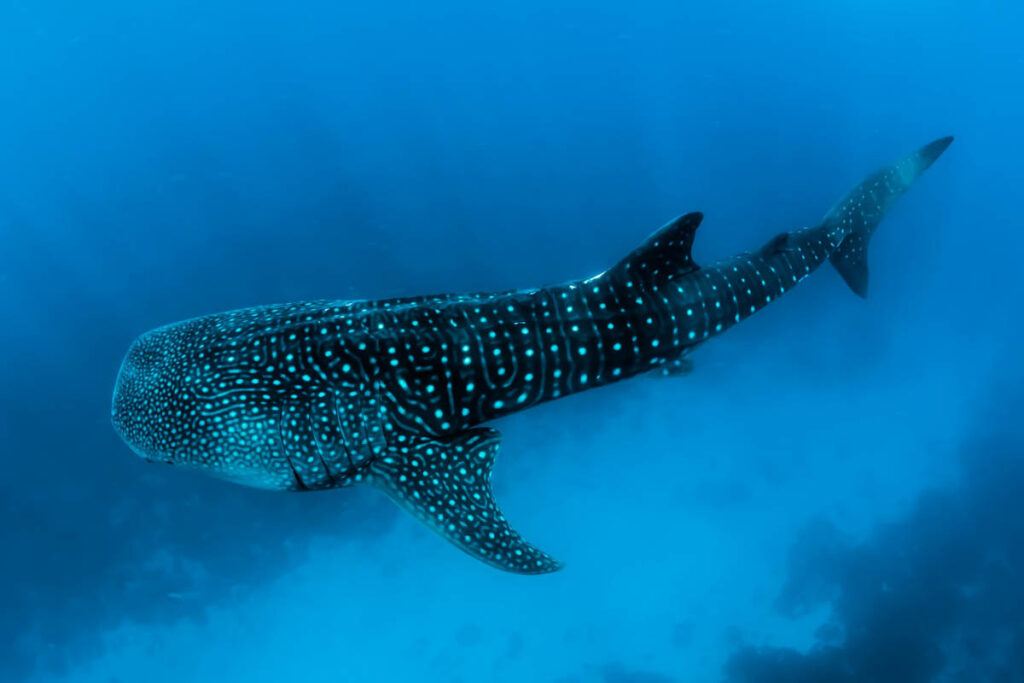
7. Roatán, Honduras.
Roatán, part of the Bay Islands, is a popular destination for beginner divers due to its easy access to shallow reefs with vibrant coral gardens and diverse marine life. The waters are calm, and the visibility is excellent, making it perfect for new divers. A night diving course is beneficial here, as Roatán offers fantastic night diving opportunities.
Here, you can spot turtles, eagle rays, and a variety of reef fish. If you love sharks, take a trip to nearby Utila. It is one of the only places in the world where whale sharks are seen year-round, peaking in numbers from February to May.
- Dive Conditions: Average Water Temperature is 26-30°C (79-86°F); visibility is around 20-30 meters (65-100 feet).
- Best Time to Go: March to September for the best visibility and calmer seas.
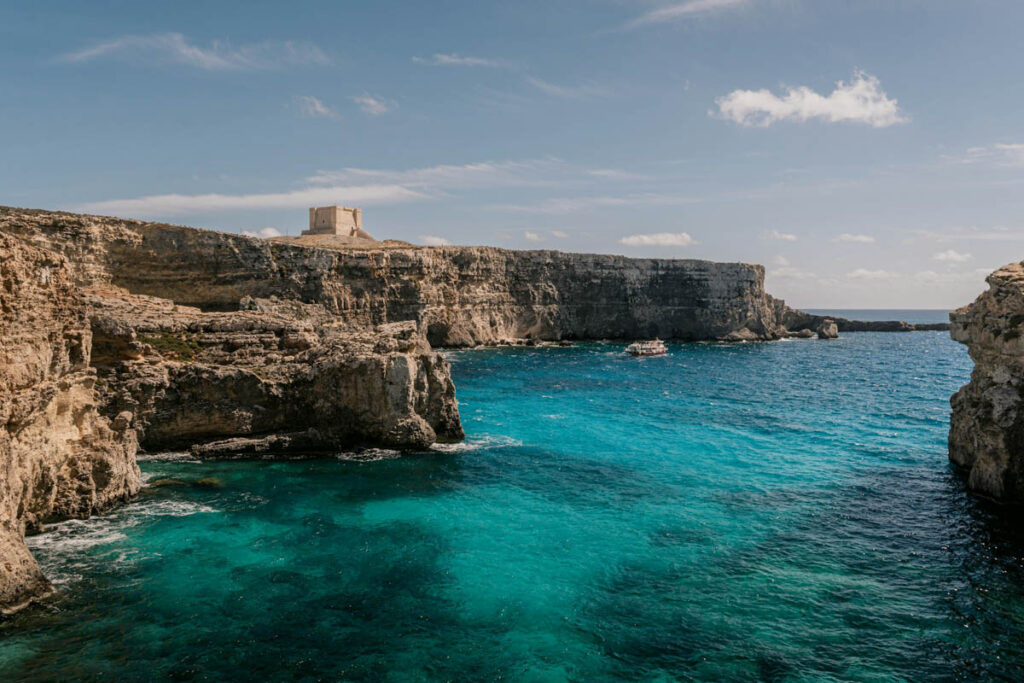
Photo by Emmanuel Cassar on Unsplash
8. Malta, Mediterranean Sea.
Malta is an underrated destination for new divers yet it offers shallow wrecks and reefs with easy conditions. The underwater topography is a highlight here, with unique caves and arches. There are stunning rock formations and abundant marine life, and the lack of strong currents makes it ideal for beginners.
The marine life in Malta is varied and you can see everything from octopus, starfish, and seahorses to tuna, barracuda, moray eels, and more. To make the most of Malta’s beginner-friendly wrecks, it’s a good idea to do a wreck diving course before you visit.
- Dive Conditions: Average Water Temperature is 15-25°C (59-77°F); visibility is up to 40 meters (130 feet).
- Best Time to Go: April to October for the warmest waters.
9. Key Largo, Florida
Key Largo boasts over 100 reef dive sites, several wrecks, and exciting drift dives, making it a popular dive destination for beginners and experienced divers alike. Dive areas like the John Pennekamp Coral Reef State Park and Molasses Reef are part of a protected marine area and feature beautiful shallow coral formations, gentle currents, and abundant marine life.
Being protected, the reefs are thriving here. There are vibrant coral formations and a diverse population of reef fish, including parrotfish, angelfish, groupers, damselfish, and more.
- Dive Conditions: Average Water Temperature is 24-29°C (75-84°F); visibility is up to 40 meters (130 feet).
- Best Time to Go: Year-round, with the best conditions from June to August.



